The pelvic floor is an important bundle of muscles that support a number of organs. Like any other muscle in the body, the pelvic floor can be trained. While there are many exercises that can benefit the pelvic floor, Pilates is a great low-impact form of exercise that can confer many health benefits.
There are numerous Pilates exercises that can help train the pelvic floor, and even help alleviate distress from pelvic floor problems such as pelvic floor dysfunction. Pilates exercises that engage this group of muscles include scissors, shoulder bridge, the clam, and the lunge.
Pilates
Developed in the early 20th century by German physical trainer Joseph Pilates, Pilates is a physical fitness system that focuses on controlled movements. Also called Contrology, Pilates puts emphasis on alignment, breathing, developing a strong core, and improving coordination and balance.
While there are different variants of Pilates existing today, most of them utilize a core of nine principles by which Pilates is based on. These principles are concentration, control, centering, flow, postural alignment, precision, relaxation, and stamina.
A 2012 systematic review published in Complementary Therapies in Medicine looked through 119 papers to define Pilates. The review found that posture was discussed significantly more often in papers with participants with low back pain compared to papers with healthy participants. Furthermore, 23% of those papers discussed traditional Pilates principles such as centering, concentration, control, precision, flow, and breathing.
A 2015 paper published in The Journal of Sports Medicine and Physical Fitness conducted a randomized trial to determine the benefits that Pilates can provide. An eight-week Pilates training program was found to be able to have a beneficial effect on static balance, flexibility, abdominal muscle endurance, abdominal muscle activity, and lumbar muscle activity.
While a general term, Pilates can be dichotomized into two classes: reformer Pilates and mat Pilates. At first glance, the stark difference between the two forms is the equipment involved. As mat Pilates can be performed solely on a mat, reformer Pilates can be performed on reformer equipment. However, the two classes of Pilates are further divided on their goals. While mat Pilates aims to build muscle control, reformer Pilates aims to tone muscles and gain strength in a short period of time.
The Pelvic Floor
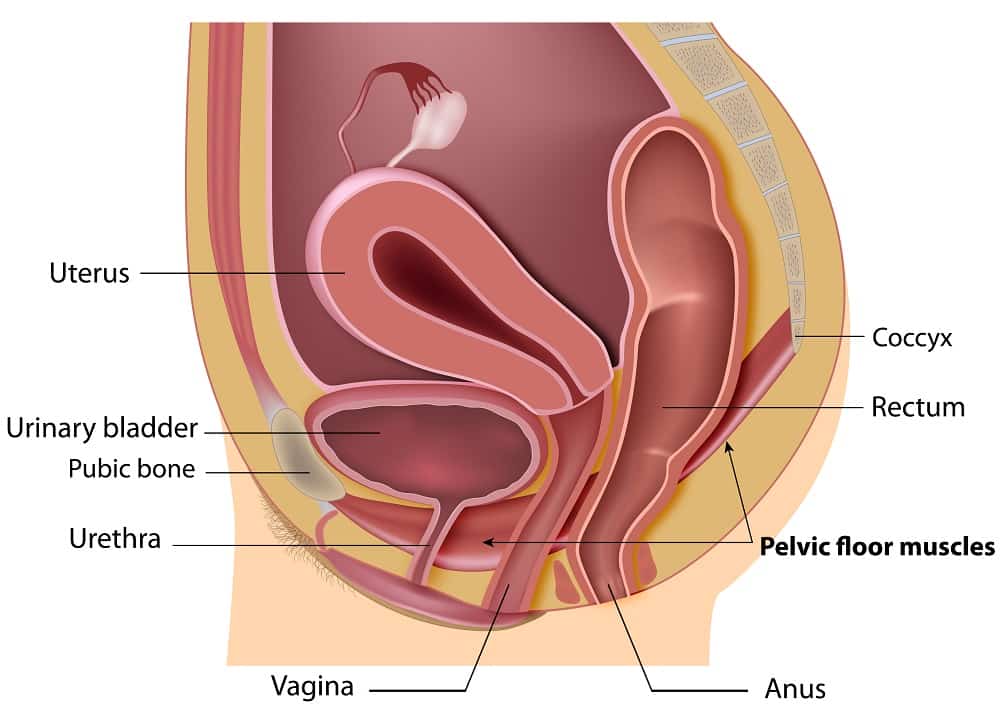
As the name suggests, the pelvic floor is a group of muscles located on the floor of the pelvis. As a foundation, the pelvic floor supports the pelvis and other pelvic organs such as the bladder, the uterus, the prostate, and the rectum.
Problems can arise with the pelvic floor, such as pelvic floor dysfunction. Pelvic floor dysfunction is a common condition where the pelvic floor is uncontrollably tight. This makes it difficult to relax the muscles; A requirement to urinate or have a bowel movement normally. Pelvic floor dysfunction can also affect people’s sex lives as this condition can inflict pain on women during sex and prevent men from getting and maintaining erections.
Pelvic Floor Exercises
Seeing how the pelvic floor is a group of muscles, it can be trained just like any other muscle. Pelvic floor exercises are beneficial toward improving bladder and bowel control, reducing the risk of prolapse in women, better recovery from childbirth and surgery, better recovery after prostate surgery, increasing sexual sensation, and increasing social confidence and quality of life.
Scissors
Scissors are an effective way to stretch the hamstrings. Furthermore, it is an excellent place for an individual to begin to connect with their pelvic floor while maintaining diaphragmatic breathing.
- Lay on your back, allowing the natural curve of the lower back to take shape.
- Arms should be by your side with the palms facing down.
- Bend the legs and keep the feet hip distance apart.
- Take a deep breath to initiate the movement.
- Slowly exhale while lifting one leg to a tabletop position, all the while maintaining the pelvic floor and deep core.
- Inhale as you return the foot back to the floor.
- Repeat with the other side and continue alternating a desired number of repetitions.
Shoulder Bridge
As an exercise the shoulder bridge has gained popularity within the Pilates community for its benefits in posture, abs and glutes, and shoulder stabilization. The exercise has evolved numerous variants but this will be a simplified version.
- Lay on your back, allowing the natural curve of the lower back to take shape.
- Arms should be by your side with the palms facing down.
- Bend the legs and keep the feet hip distance apart.
- Take a deep breath to initiate the movement.
- Slowly exhale while lifting the pelvis and the hips, creating a straight line from the shoulders to the knees.
- Extend one leg straight up.
- Bend the extended knee, making the lower leg parallel to your diagonal body.
- Return to the starting position and alternate the sides for a desired number of repetitions.
Clam
The clam is a basic movement and is highly recommended for beginners as it provides a strong foundation for more advanced Pilates exercises. While a simple exercise, it helps tone the hips and thighs. It also helps with pelvic stability due to the movements involved.
- Lay on your side, making sure that your hips and shoulders are in a straight line.
- Bend the knees so that the thighs are perpendicular to the body.
- Extend your bottom arm overhead, making it a base for which your head can rest on.
- Make sure that the shoulders and hips are directly stacked on top of each other.
- Take a deep breath to initiate the movement.
- As you inhale, keep your toes together as you slowly rotate your leg in the hip socket so that the top knee opens.
- Spread your knees apart as far as you can without disturbing the alignment of your hips.
- Slowly exhale as you bring back your knee to the starting position.
- Repeat for a desired number of repetitions and then change sides.
Lunge
The lunge is an excellent exercise as it works multiple muscle groups. Aiding in hip stabilization and working the pelvic floor, the lunge also strengthens the quadriceps, glutes, and hamstrings. Aside from strength building, the lunge helps improve one’s sense of balance and body awareness.
- Begin by being in a standing position, making sure that the legs are parallel with one another.
- Bend your right knee and take a step back with your left knee, as far as you are comfortable.
- Make sure that the hips are even and aligned.
- Gently rest your hand on your right knee. This should only be for stability and you must not press on your right knee.
- Straighten your left leg without locking the knee.
- Make sure that the lower ribs and hips bones are aligned.
- Allow the pelvic floor and the abdominal muscles to aid in the movement, bringing the pelvis up and back.
- Hold the stretch for about 30 seconds while breathing.
- Release the stretch and step the left foot forward back to the starting point.
- Repeat on the other side and alternate for a desired number of repetitions.
References



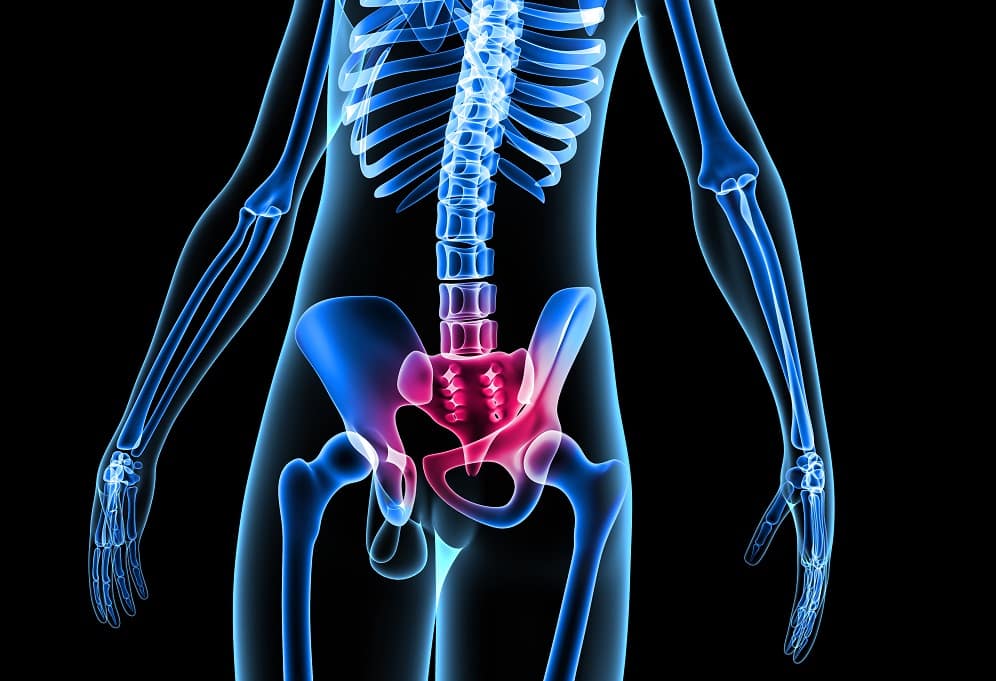


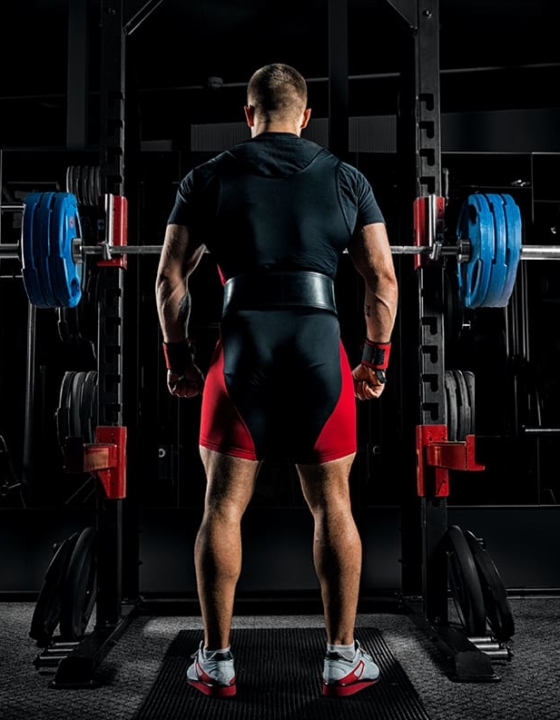
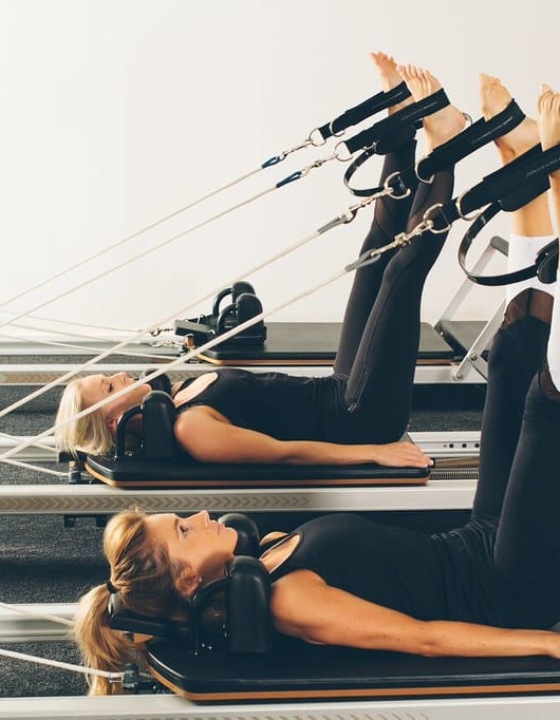
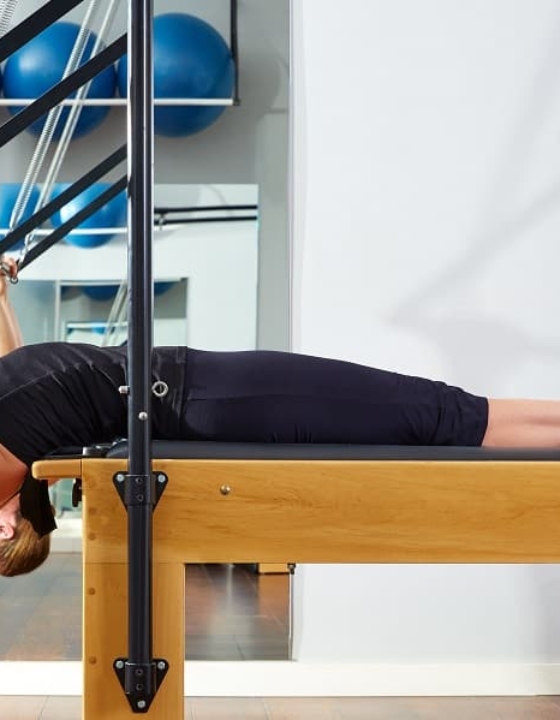

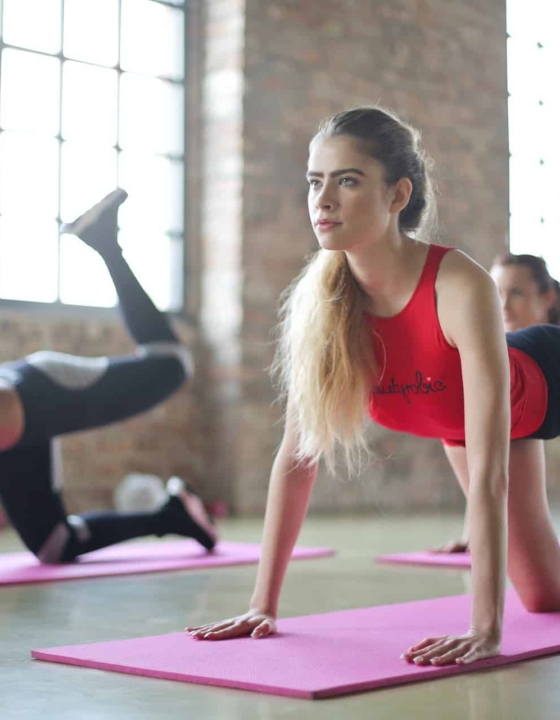
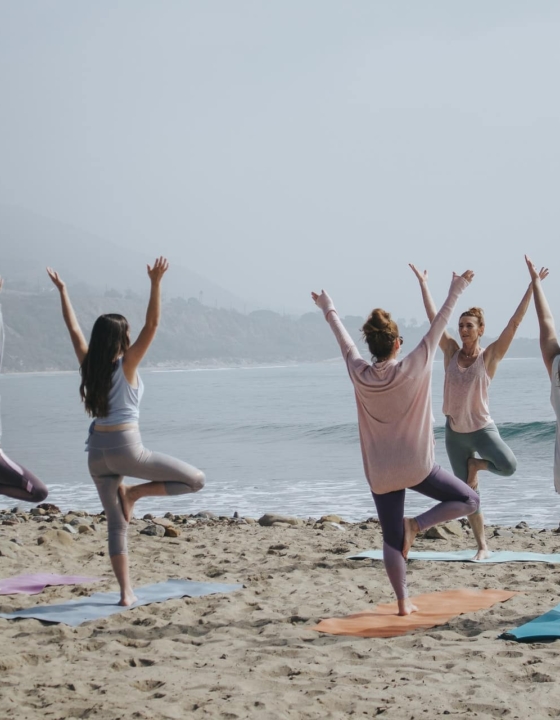











What do you think?